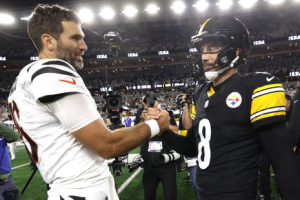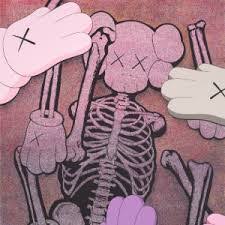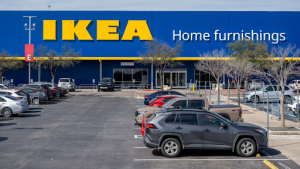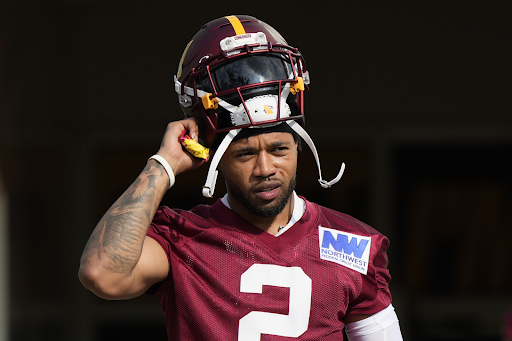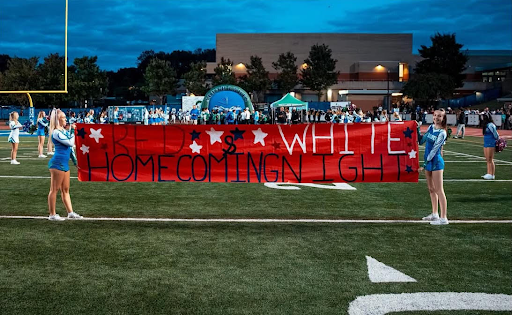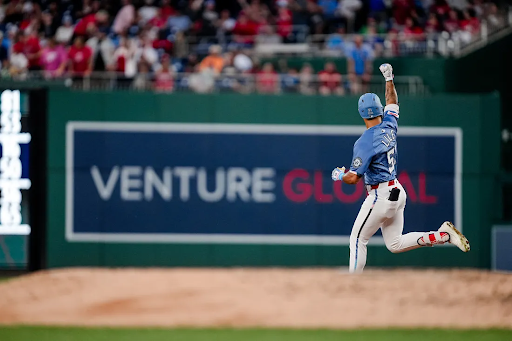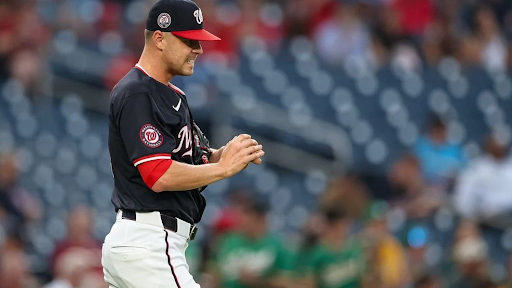When the Washington Commanders traded for corner-back Marshon Lattimore midway through the 2024 season, though only played two games due to lingering injuries, the move was met with excitement and optimism from fans. Lattimore, a multiple time Pro Bowler with the New Orleans Saints, was expected to be the star in the secondary and bolster the defense. New Orleans traded away Lattimore at the deadline due to contract implications. In return, Washington gave up a third round premium draft pick and committed $18 million this season.
Seven games into the 2025 season, the results have been nothing short of awful. Lattimore has not consistently matched the expectations attached to his contract and trade price. Opposing quarterbacks have tested him often, completing passes on his coverage at rates the rank top among the league. Lattimore let up a combined 150 yards against both Cee Dee Lamb and George Pickens, two wide receivers for the Dallas Cowboys. When commentating, Tom Brady stated that “If the Commanders are running press man coverage, and I’m the quarterback, I am targeting Lattimore.” In a league where a single catch can swing the outcome, the constant moments have been costly.
The contrast between Lattimore’s salary and his on field output has become a growing talking point among fans. $18 million is a significant cap hit, and teams generally expect elite, game changing performances for that kind of investment. For a franchise that is striving to emulate the playoff run they had in 2024, every miss coverage is highlighted.
Washington’s decision to trade a premium draft pick for Lattimore now looms as a risk that hasn’t paid off. Draft picks are the key to building a sustainable success in the NFL, and giving one up for immediate help only works if the acquisition makes an impact. In this case the contrast between the return and the investment has been significant. It begins the question whether the combination of cap commitment and lost draft capital was worth it, especially when there are other talented corners on the roster.
This brings up a difficult question for the Commanders front office, should they continue to invest in Lattimore as the season progresses or is it time to consider a roster change? Cutting or trading a high profile player mid-season is not an easy task. Financially releasing Lattimore would carry dead money implications against the cap, and the team would still owe a portion of his guaranteed money. On the other hand, moving on could free up resources and allow younger players like rookie corner-back Trey Amos into more prominent roles.
However, the Commanders are not currently in a position to make a roster change. With a secondary that is already lacking depth due to injuries, getting rid of what is supposed to be the cornerstone of the defense could harm the defense further. In contrast, with the season already at an underwhelming 3-4, the Commanders cannot afford to wait indefinitely for adjustments that may never fully materialize. Cutting or trading Lattimore could free cap space, signal accountability, and allow the team to restructure its roster around players who can make an immediate impact. With the investment in Marshon Lattimore failing to pay off early and the team’s playoff hopes hanging by a thread, is it time for Washington to cut ties and look for a more reliable option in the secondary?

